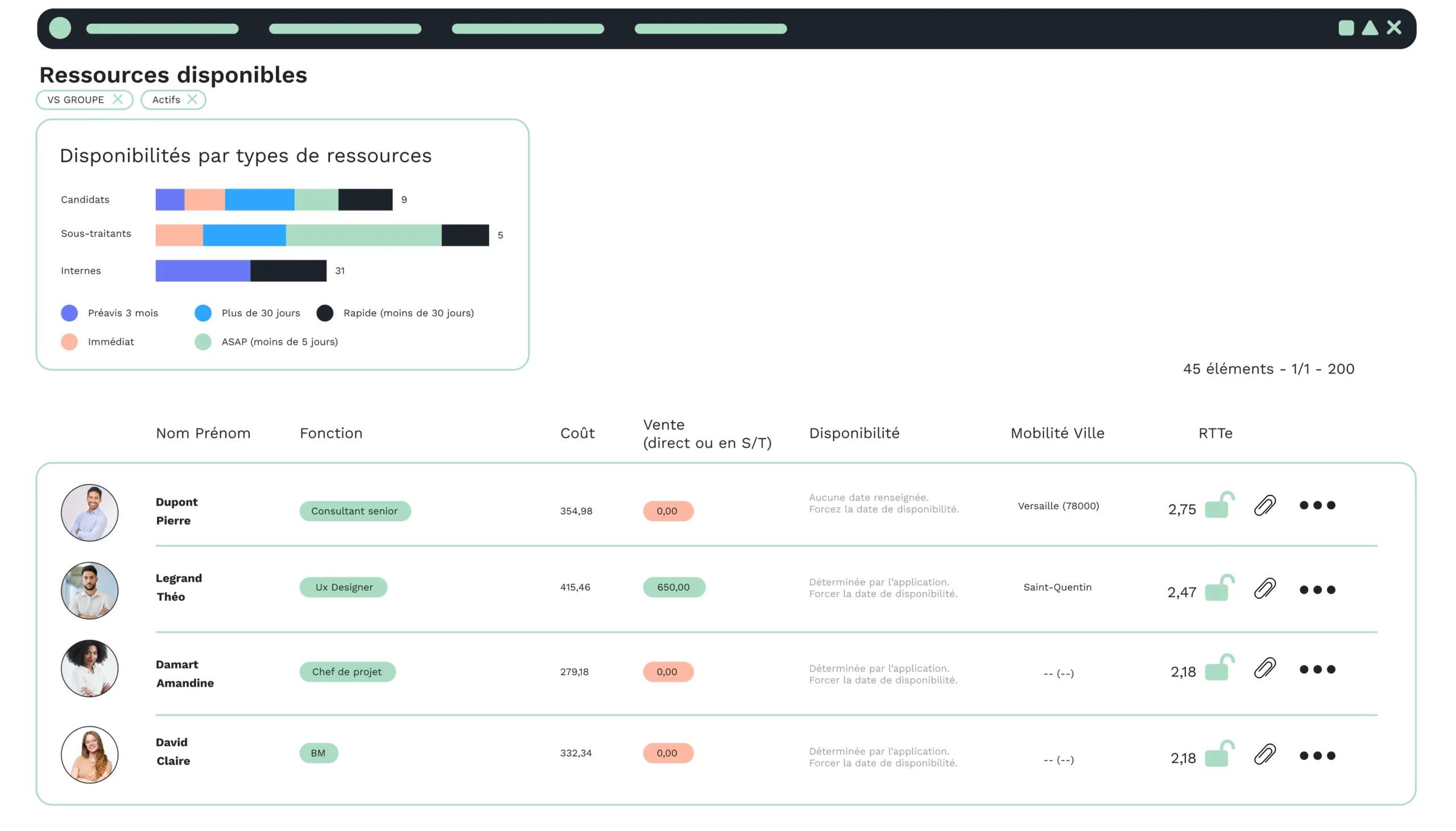Failed onboarding costs at least 3 times the salary of the employee who didn’t get off to a good start and didn’t stay, according to a Cadre Emploi study.
Welcoming new employees has become a strategic issue for companies.
A successful integration will motivate and retain the new employee; conversely, a poor integration could lead to early departure.
With telecommuting becoming more and more widespread within companies, setting up a digital induction program is more than necessary to improve the integration of a new employee.
But that’s not the only issue. So why implement a digital onboarding process in your company? We give you 7 arguments!
What is onboarding?
To put it simply, onboarding is the process of integrating a new employee into the company.
This stage comes after the recruitment process, at the time of hiring.
The integration period lasts until the end of the trial period, or even longer in some cases.
It is during this process that the new employee must successfully integrate, discover his or her new working environment and take up his or her new duties.
The integration objective is to get the newcomer up and running and productive as quickly as possible.
What is the objective of integrating a new recruit?
33% of managers say they have resigned due to poor integration. (source: Cadre Emploi)
Onboarding is an integral part of the employee experience and employer brand.
It will determine the new employee’s image of the company (values, new position, corporate culture, etc.).
The induction process is important because it will determine whether or not your new employee joins the company.
It’s all about seducing your new employee: he or she must “fall in love” with the company within the first few weeks.
This “love” will encourage him to stay with your company and give his best.
Induction program
According to Parlons RH’s “Employee experience as seen by HR players” barometer, the 3 main objectives of the employee experience are to :
- Reinforce employee commitment.
- Improve the organization’s overall performance.
- Promote the attractiveness of the company.
However, 54% of HR players claim that no HR employee experience policy has been deployed or initiated within their company.
A number of obstacles have been identified that could explain this figure:
- Lack of impetus from management.
- Lack of time.
- The weight of organization.
For companies that have implemented it, 84% of those surveyed have a positive opinion.
They also affirm that the determining factors are the involvement of top management, the involvement of managers and the culture of change.
48% of HR players use digital tools to manage the integration of new employees.
Among new recruits, 33% say they have already resigned following a poor integration, and 65% of these resigned within 6 months of their arrival. (source Cadre Emploi)
The figures show the positive or negative impact your company’s employee experience can have.
Onboarding is an important step in the employee experience, as it builds loyalty.
In fact, the HR function is considered to be the driving force behind employer branding. In fact, 61% of HR managers are responsible for the “employee experience” project.
But there’s much more to a company than the employee-human resources relationship. Managers and other employees also play a role in the employee’s sense of integration.
But support must come from higher up if the project is to become a reality. Management needs to be more involved in changing the corporate culture.
7 reasons to implement a digital onboarding process
Give your employees a modern image of your company
Our world is connected, and your company needs to be if it is to attract, retain and sustain customers. So you need to offer your employees innovative tools.
The aim of these tools should be to make life easier for your employees.
As part of digital onboarding, your new employee can send you documents and vice-versa: like the signed contract, for example, discover the company through the documents provided, and so on.
Reduce administrative tasks
Successful integration is prepared in advance. You need to prepare HR documents, organize your integration schedule, prepare your work equipment, etc.
This process is extremely time-consuming and requires a methodical approach.
By using a digital integration tool, you can automate a large part of the administrative tasks, making the whole process less cumbersome.
What’s more, you’ll save time, especially if you’re hosting several employees at the same time. And that lets you focus on the human relationship.
Establish a bond more quickly with the new recruit
A sense of belonging is important during the integration stage. You need to forge links with him and his future team as early as possible.
Using your digital onboarding tool, you can send them a welcome message, for example, or introduce them to the team, provide them with a welcome booklet, and so on.
Optimize your costs
Printing documents and sending them by post are costs you can cut with a digital integration tool.
Save time
While you’re waiting for your first official day with the company, which can take several months depending on the situation, your new colleague can enter all his or her HR details and provide the necessary documents.
On the big day, you’ll save time on the administrative side of things, and you’ll be able to get on with the business and personal integration more quickly.
Adapting to new remote working conditions
Telecommuting is becoming increasingly common in French companies.
A “traditional” onboarding process no longer fits the bill.
By “traditional”, we mean using Excel and Word files to prepare the integration schedule.
Remotely, the digital onboarding tool will enable you to centralize all information and communicate more easily with the various stakeholders.
Thanks to the digital onboarding tool, new employees can better integrate their workstation remotely.
Facilitating remote integration
Through their personal portal, new recruits can easily get in touch with people in the company, and keep track of company activity.
To conclude on the implementation of a digital onboarding process
Onboarding is a crucial process in the integration of a new employee. This step will determine the employee’s state of mind within the company.
A successful integration is more likely to win the loyalty of the employee and encourage him or her to give their best.
However, the vast majority of companies underestimate the importance of the integration process.
In fact, 33% of managers have already resigned following a poor integration, which costs the company at least 3 times the salary.
There are several reasons for the absence of a defined process: lack of management involvement, lack of time and organizational constraints.
To encourage employee investment and loyalty, your company needs to optimize employee integration.
This requires the implementation of an innovative digital solution that not only facilitates the management of the process, but also gives your company a modern image.







